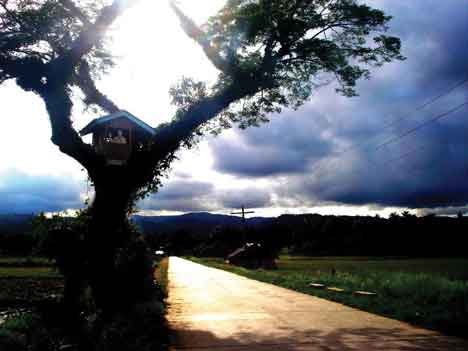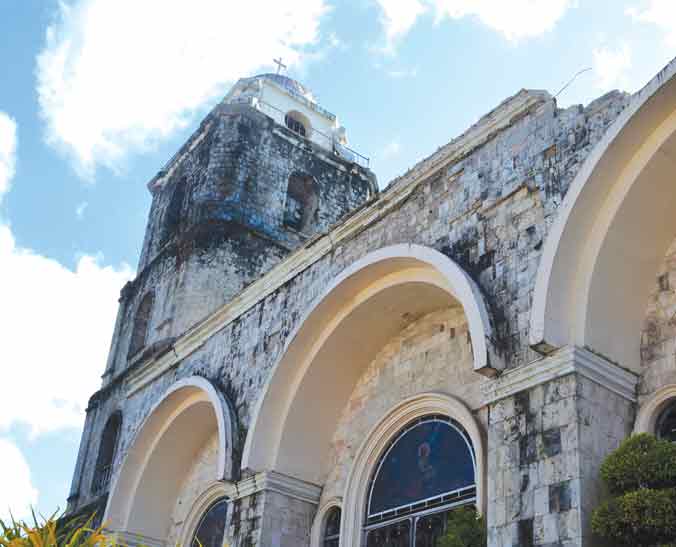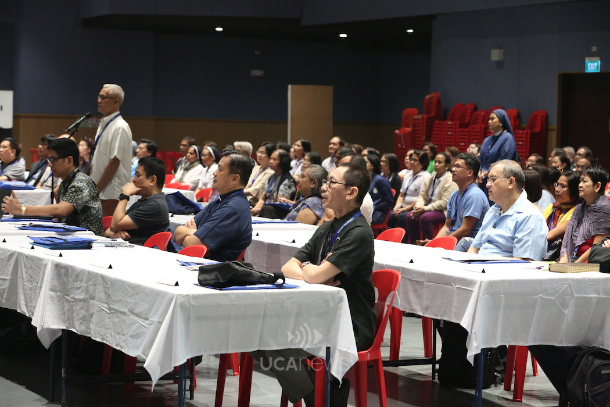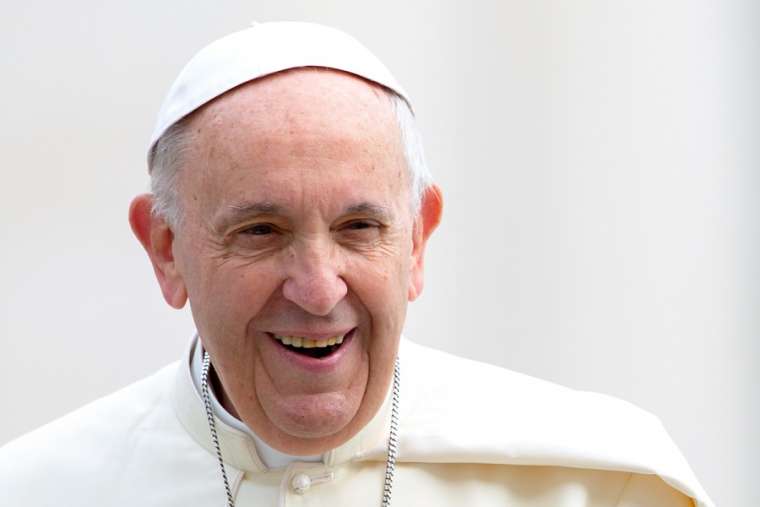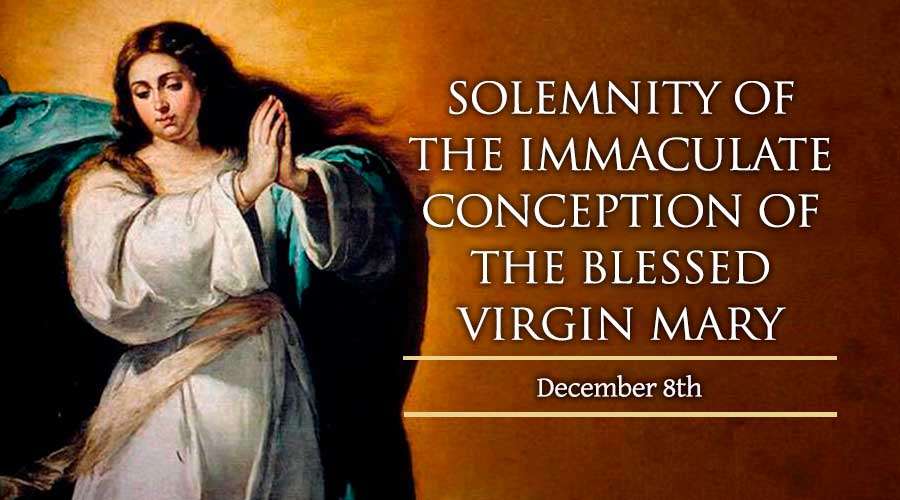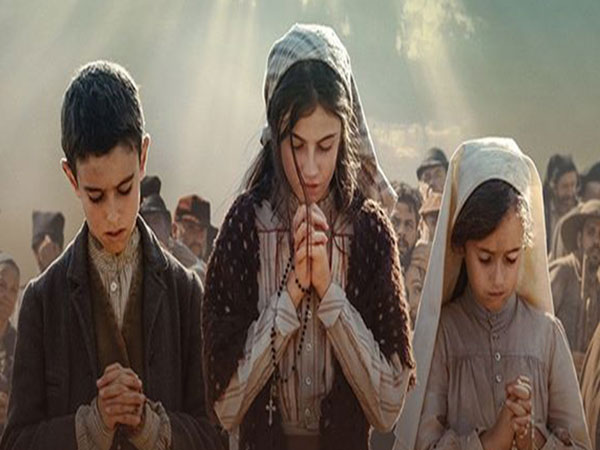1. Is it true that those who pass in front of the Eucharist must always genuflect? If yes, why? If no, why not?
- Not necessarily although preferred. One may bow too. These are signs of respect since in every Catholic church this is the place where the consecrated hosts given during Communion are placed. It is also a symbol of the living presence of the Risen Christ. Hence, it would be a sign of respect to genuflect or bow.
2. Why are we obliged to attend the Mass every Sunday? Will I go to hell if I fail to follow this obligation?
- More than obliged, as baptized Catholics and having received our First Holy Communion, it is a communal sign that we belong to the Body of Christ. According to Vatican II’s document Sacrosanctum Concilium (SC, Constitution on the Liturgy), the Eucharist is the apex of our week as Christians: the most important day to begin and end our week. For us it is a reminder that we come together to give thanks to God for everything as well as to start our week giving God thanks for another week to begin. We do not know who goes to hell if we do not go to Mass; this we do know because of our faith: that we are loved by God and that one way of showing our love for God is to remain faithful to God and the Church, the Body of Christ, to which we belong.
3. Sabi ng aming titser, ang lahat daw ng nabubuhay ay may kaluluwa. Ang hayop at halaman ay buhay. Kapag sila ay namatay, saan napupunta ang kanilang kaluluwa?
- Sa Katolikong pananampalataya, may kaluluwa ang lahat ng tao. Ang mga halaman at hayop ay wala. Kapag ang mga ito’y namamatay, tulad ang ating pisikal na katawan, bumabalik ito sa lupa at nagiging abo. Ngunit ang kaluluwa ay nanatili.
4. Bakit ang ibang tao ay lumuluhod kapag tumatanggap ng komunyon? Anu ba ang mas tama? Nakatayo o nakaluhod? Bakit?
- Bago ang ikalawang konseho ng Vatican, nakaluhod na tinatanggap ang Komunyon ng mga tao. Ngunit dahil sa mga pagbabago sa liturhiya (tingnan ang SC na tinukoy sa taas), pinahintulutan ang pagtanggap ng Banal na Ostiya sa kamay habang nakatayo. Hindi ito usapin ng pagiging tama o mali ng paraan pagtanggap ngunit sa disposisyon ng taong tatanggap.
5. Why ask for the intercession of Mary and the saints when Jesus is the sole Mediator between man and God?
- The role of Mary and the saints in Catholic prayers has had a long history, back to the beginning of Christianity. If you are a Catholic, and a Catholic from birth much like many of us, this question seldom if ever arises. However, since you asked, let me answer like this. Much like when we ask our friends to pray for us when we are facing an important decision – a board exam, getting married, going abroad for work, or when we ask for prayers for a sick loved one, or when we pass the law bar and say thanks, prayers to Mary and the saints are similar in intent.
- Praying for Mary’s and the saints’ “intercession” to Jesus is similar. It doesn’t take away from Jesus’ role as the sole Mediator between God and the human being (both male and female).
God bless!
-Genesis
Ed note: We welcome questions like the above whether in English or Filipino. Do feel free to send your questions to us at our email address. We would gladly answer them on the “ASK GENESIS” page.


